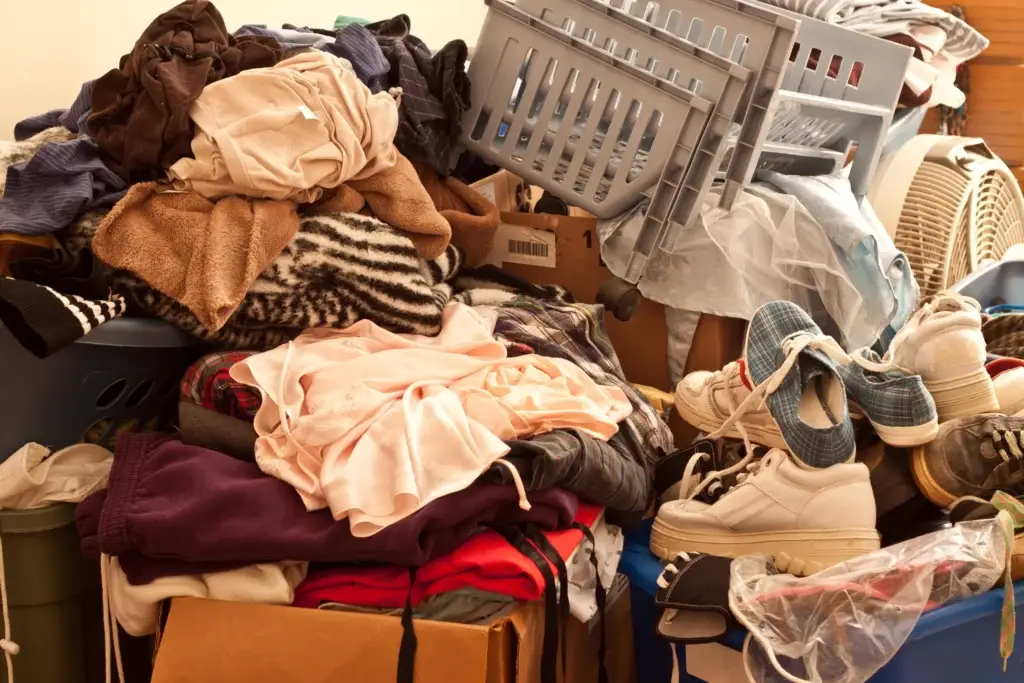It’s a frustrating truth: over two-thirds of UK households have dealt with a water leak. And we’re not just talking about a dripping tap; these are often hidden leaks that collectively cost us nearly £700 million a year in wasted water. A lot of the time, the damage is already done before you even realise there’s a problem. But what if you could find a leak before it causes major damage? That’s where professional leak detection comes in.
This blog will explain how professional leak detection works, the cutting-edge tools experts use, and why hiring a specialist is always the best way to protect your home. We’ll show you why a small investment in a professional service can save you a fortune in future repair bills.
Skip to:
Tools and techniques used to find a water leak
How do professionals find a leak?
Finding a hidden leak isn’t as simple as following a puddle. Many leaks are buried behind walls, under floors, or in the foundations of your home. Professional leak detection experts use a systematic, non-invasive approach to pinpoint the exact source of a leak without causing unnecessary damage. They rely on a combination of advanced tools that “see” and “hear” what the human eye can’t.
Here’s a breakdown of the key tools and techniques they use:
Acoustic leak detectors
When water escapes from a pipe, it creates a sound, a whoosh, a hiss, or a bubbling noise. This sound is often too faint for us to hear, but an acoustic leak detector can pick it up. This sophisticated tool amplifies the sound waves caused by escaping water, allowing a technician to carefully pinpoint the precise location of the leak. It’s particularly effective for finding leaks in pipes buried deep within walls or under concrete slabs. Think of it as a super-sensitive stethoscope for your home’s plumbing.
Thermal imaging cameras
This tool is a game-changer. Thermal imaging cameras don’t actually see water. Instead, they detect differences in temperature. When water escapes from a pipe, especially a hot water pipe, it creates a clear temperature change in the surrounding walls or floor. This allows the camera to create an “X-ray” of your property’s thermal profile, showing exactly where the moisture is hiding. It’s a fast and incredibly accurate way to locate a leak without having to tear anything down.
Moisture meters
While a thermal camera can show you where a problem might be, a moisture meter confirms it. This handheld tool measures the moisture content of a surface. By using a moisture meter, a technician can confirm that an area is indeed damp and not just a different temperature for another reason. Moisture meters are a great first step to identify the general area of a leak, and they can also be used to create an in-depth report showing all the areas affected by water damage, even when there’s no visible sign of a leak.
Tracer gas
For those really tricky, hard-to-find leaks, tracer gas is a highly effective solution. This method uses a non-toxic, harmless gas, usually a mixture of hydrogen and nitrogen, that’s pumped into your pipes. The gas escapes through even the tiniest leak, and a super-sensitive detector is used to trace its exact escape point. Because the gas is much smaller than water molecules, it can find leaks that other methods might miss. This is a highly accurate and completely non-destructive way to find a leak.

Why you shouldn’t do it yourself
We know it’s tempting to try and fix a leak yourself. After all, the cost of a professional service can feel high upfront. But the truth is, a DIY approach can end up costing you far more in the long run.
- Lack of accuracy: Your DIY leak detection might give you a general idea, but without the right tools, you’re just guessing. A wrong guess can lead to unnecessary holes in your walls and floors, causing even more damage.
- Hidden dangers: You might miss a secondary leak or fail to address the root cause of the problem. This can lead to mould and structural damage, which are far more expensive to fix than the initial leak.
- Limited scope: A DIY approach can’t find leaks that are hidden behind walls or deep underground, but a professional service can.
A professional leak detection service provides unparalleled accuracy and a comprehensive solution. They can locate leaks in places you’d never think to look, from complex plumbing systems to underground pipes.
Leak detection in action
A farmhouse owner contacted Ideal Response after experiencing extremely low water pressure throughout the property. Additionally, surface water had started pooling in the entrance yard and was even flowing onto a nearby highway, which could cause a potential hazard. The situation called for urgent investigation and leak detection and repair.
Read how the water leak was identified and repaired by using more advanced detection methods. Read the case study.
The real value of professional leak detection
Ultimately, hiring a professional isn’t an added expense; it’s an investment in the long-term health of your property. By finding and fixing a leak fast, you:
- Reduce costs: You prevent costly water damage and avoid the need for expensive secondary repairs like mould remediation.
- Lower your bills: Stopping a leak means you stop wasting water and will see a drop in your utility bills.
- Protect your home: You safeguard your property’s structural integrity and value by preventing rotting wood and weakening foundations.
- Safeguard your health: By preventing damp and mould growth, you ensure your home’s air quality is safe and healthy for everyone.
Don’t let a small leak turn into a major disaster. A quick, accurate leak detection from a professional team can give you the peace of mind you deserve and save you a world of trouble.
Need to speak to a specialist urgently? Call 01622 926 505
How leak detection works: Frequently asked questions
How do professionals find hidden water leaks without damaging property?
Professionals find hidden water leaks without damaging property by using specialised, non-invasive techniques. They employ tools like acoustic leak detectors to “listen” for escaping water, thermal imaging cameras to detect temperature changes caused by moisture, moisture meters to map dampness, and sometimes tracer gas with sensitive detectors to pinpoint the exact leak location without destructive excavation.
What tools do leak detection specialists use to find leaks?
Leak detection specialists use a range of advanced tools including acoustic leak detectors (ground microphones and listening discs) to amplify sounds of escaping water, thermal imaging cameras to visualise temperature anomalies caused by hidden moisture, moisture meters to measure dampness in materials, and tracer gas equipment for highly accurate detection of elusive leaks.
How does acoustic leak detection work to find leaks?
Acoustic leak detection works by using highly sensitive microphones to amplify the distinct sounds of water escaping from pipes under pressure. These devices are placed on surfaces (like walls, floors, or the ground above pipes), allowing technicians to listen for specific noise patterns (hissing, dripping, gurgling) that pinpoint the precise location of a hidden leak, even through solid materials.
Can thermal imaging cameras detect water leaks behind walls or under floors?
Yes, thermal imaging cameras can effectively detect water leaks behind walls or under floors. These cameras visualise infrared energy (heat) emitted by objects. Leaking hot or cold water will cause a temperature difference in the surrounding building materials, creating a thermal signature that the camera can identify, allowing for non-invasive detection of hidden moisture.
What is tracer gas leak detection used for in finding water leaks?
Tracer gas leak detection is primarily used for finding very small, complex, or hard-to-locate water leaks, especially in pipes buried underground or embedded within structures where other methods might struggle. A safe, inert mixture of hydrogen and nitrogen gas is introduced into the suspected pipe, and a highly sensitive sensor detects where the gas escapes through the leak point.
Why should I hire a professional for leak detection instead of attempting DIY?
You should hire a professional for leak detection because they possess specialised equipment and expertise that DIY methods lack. Professionals can accurately pinpoint hidden leaks non-invasively, preventing costly and unnecessary property damage from trial-and-error demolition. Their precise methods save time, money, and ensure the leak is resolved effectively, preventing secondary issues like mould.
What are the main benefits of non-invasive water leak detection?
The main benefits of non-invasive water leak detection are minimal disruption to your property, as it avoids destructive digging or tearing down walls. It provides highly accurate results, pinpointing leaks precisely. This approach ultimately saves time and money on repairs by reducing the scope of work needed, and significantly prevents further water damage and mould growth.

Dave Knight - Leak Detection Technical Manager
With over 26 years' experience in property damage restoration, our Leak Detection Technical Manager is a seasoned expert. He brings a specialised focus of 21 years in leak detection and trace & access claims, including 10 years as the owner of a specialist leak detection company. He uses advanced, non-invasive technology to find leaks with minimal disruption in both domestic and commercial settings. His extensive water leak detection qualifications, including WRAS and BDMA, and his experience leading projects across the UK and Europe, highlight his expertise.





















